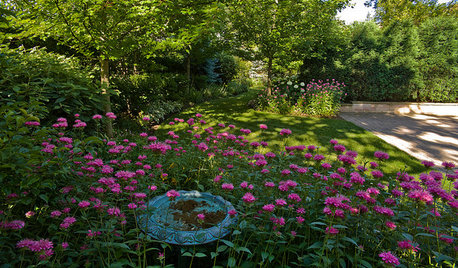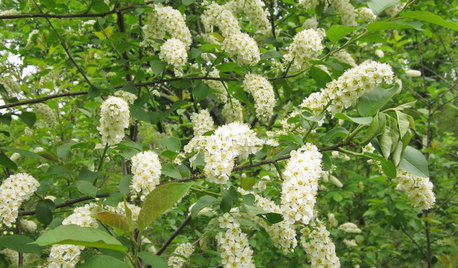Weeds or not? Irregardless, how to control...
MrAnchovy
12 years ago
Related Stories

GARDENING GUIDESWeed War: When and How to Use Chemical Herbicides
Before you spray, arm yourself with knowledge about which weed killers — natural or synthetic — are right for your yard
Full Story
GARDENING GUIDESTackle Weeds the Natural Way
Instead of dousing your yard with chemicals to wipe out weeds, let time and nature work their magic via smothering and solarization
Full Story
GARDENING GUIDES5 Ways to Naturally Win the Weed War
Show irksome weeds no mercy with these tricks for combating them sans chemicals
Full Story
EDIBLE GARDENSNatural Ways to Get Rid of Weeds in Your Garden
Use these techniques to help prevent the spread of weeds and to learn about your soil
Full Story
GARDENING GUIDES5 Weed-Smothering Ground Covers
Let these landscape plants do the dirty work of choking out weeds while you sit back and enjoy the view
Full Story
GARDENING GUIDESGreat Design Plant: Bugle Weed, a Quick Ground Cover
It’s highly adaptable, suppresses weeds, reduces erosion and provide weeks of bright flowers. Just watch for invasiveness
Full Story
GARDENING GUIDESLet's Weed Out 4 Native Plant Myths
Plant wisely for a garden that supports pollinators and requires less work
Full Story
HOUZZ TOURSHouzz Tour: From Overgrown Weeds to Picturesque Farmhouse Expanse
This once-neglected 100-acre South Carolina site now features a lake, a wood-filled farmhouse and a far-reaching view
Full Story
LANDSCAPE DESIGNExuberant Self-Seeders for Gorgeous, Easy-Care Gardens
Keep weeds down, color high and maintenance low with beautful plants that sow themselves
Full Story
TREESNative Plant Alternatives to Invasive Common Buckthorn
Learn how to identify and control this aggressive plant, and what to grow in its place
Full StorySponsored
Central Ohio's Trusted Home Remodeler Specializing in Kitchens & Baths
More Discussions








Billl
apundt-tx
Related Professionals
Londonderry Landscape Architects & Landscape Designers · Ilchester Landscape Architects & Landscape Designers · Saint Louis Park Landscape Architects & Landscape Designers · Arlington Landscape Contractors · Lakeland Landscape Contractors · Bell Gardens Landscape Contractors · Boca Raton Landscape Contractors · Kahului Landscape Contractors · Nashua Landscape Contractors · New Providence Landscape Contractors · Roseville Landscape Contractors · Shirley Landscape Contractors · Wilton Landscape Contractors · Four Corners Landscape Contractors · Lake Forest Swimming Pool BuildersMrAnchovyOriginal Author
texas_weed
apundt-tx
texas_weed
JoeFriedeggs
texas_weed
JoeFriedeggs
john_in_sc